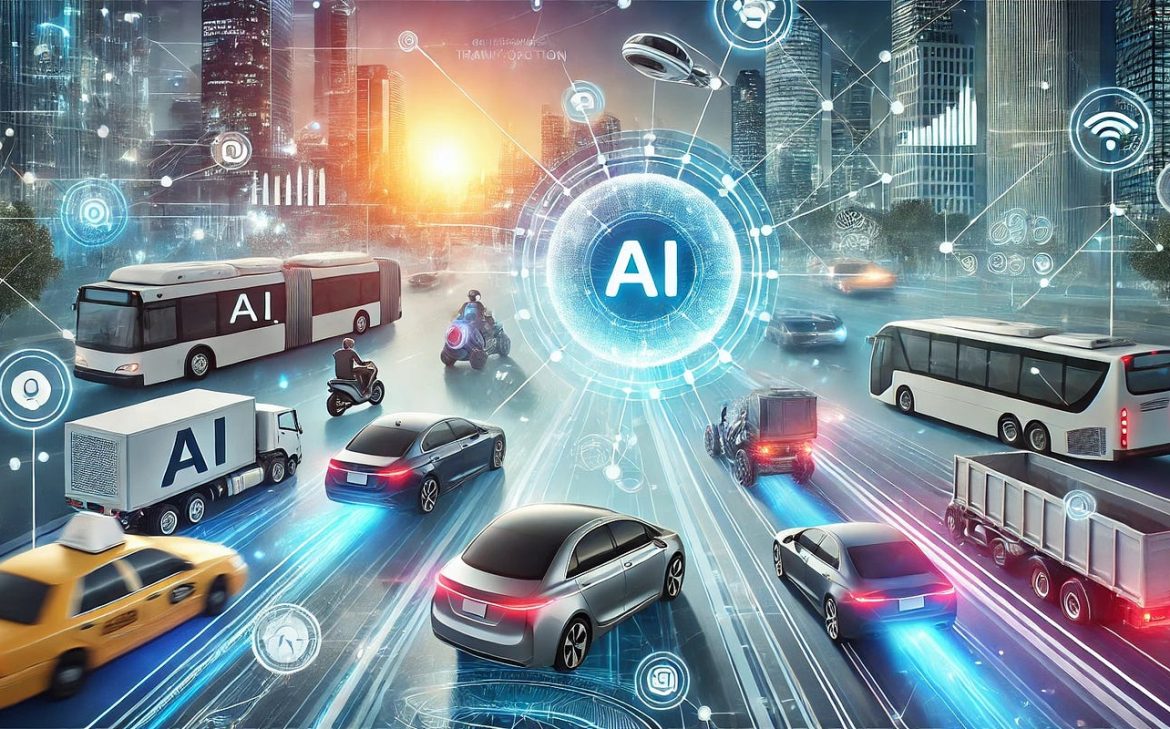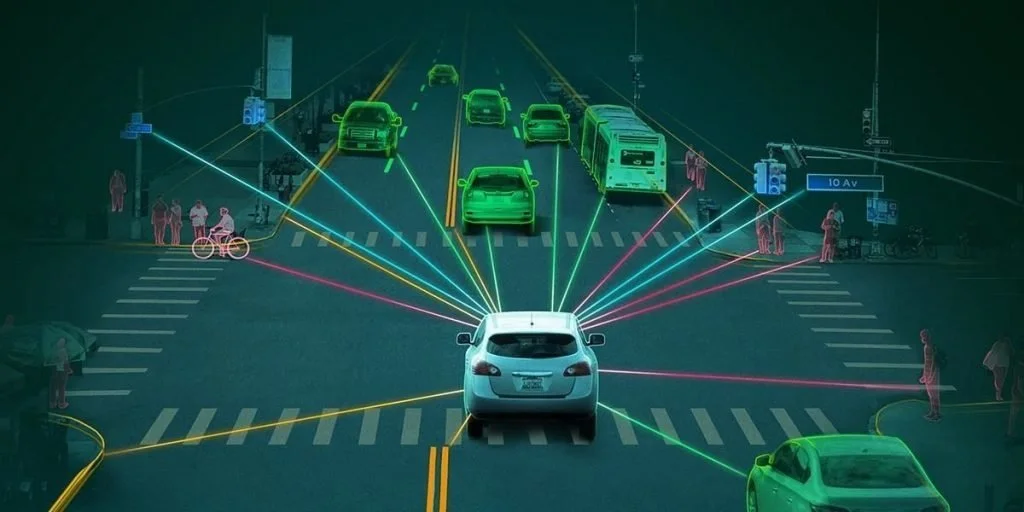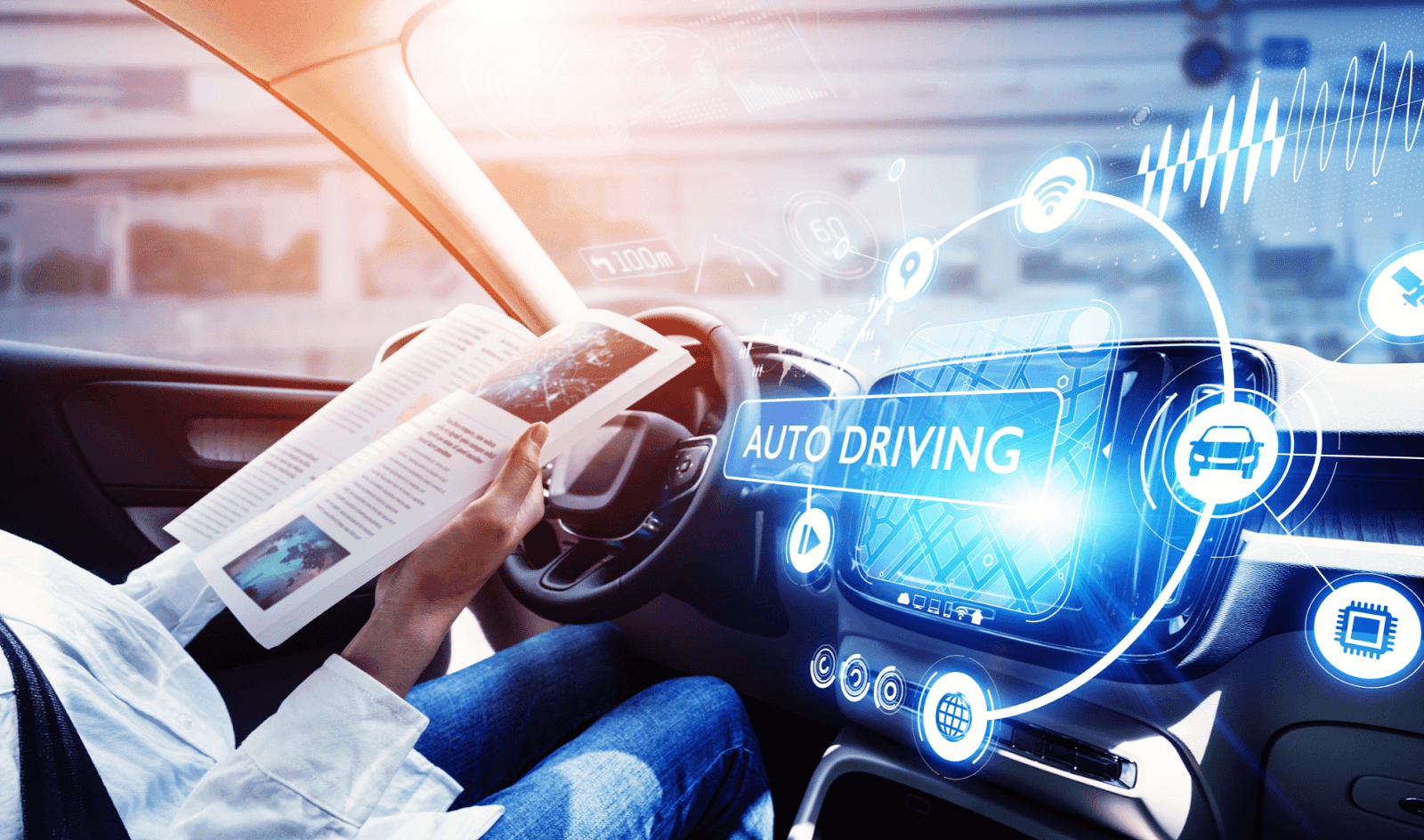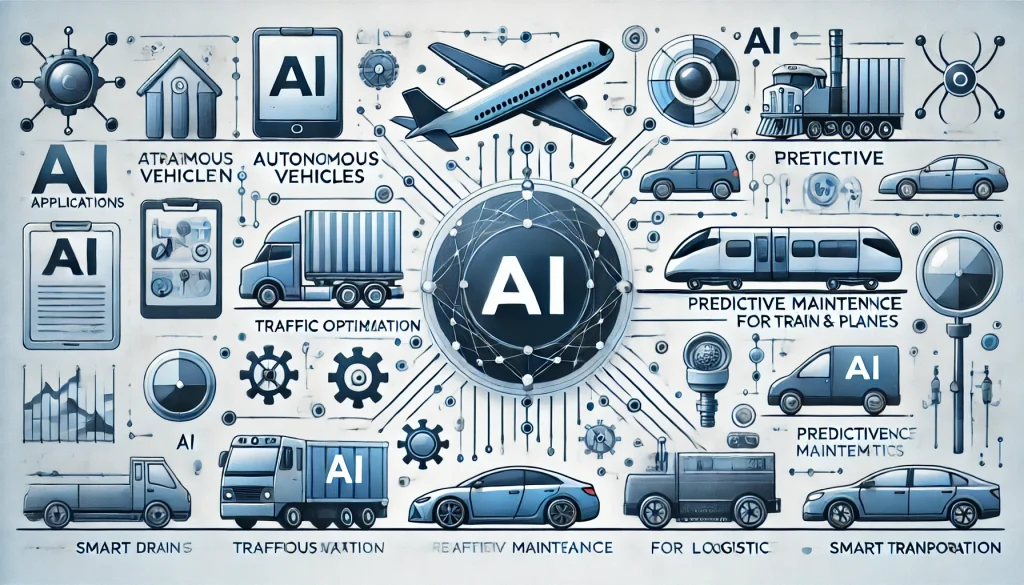Artificial Intelligence (AI) has played a transformative role in the transportation industry, making travel safer, faster, and more efficient. Understanding the evolution of AI in transportation helps us appreciate how far the industry has come and where it is headed.
What is AI in Transportation?
AI in transportation refers to the application of intelligent systems that can process data, learn from experiences, and make decisions to improve various aspects of transportation, such as traffic management, vehicle safety, and route optimization.
How AI Started in Transportation
AI’s early influence in transportation began with basic traffic signal systems and simple automated driving assistance features. Over time, advancements in computing power, sensors, and data analytics have allowed AI to take on more complex transportation challenges.
Key Milestones in AI for Transportation
Traffic Management Systems: AI algorithms were first introduced to help manage traffic flow and reduce congestion in busy urban areas.
Advanced Driver Assistance Systems (ADAS): Early AI applications focused on features like automatic braking, lane keeping, and adaptive cruise control to assist drivers and enhance safety.
Autonomous Vehicles: The development of self-driving cars marked a major leap in AI’s role, using deep learning, computer vision, and sensor fusion to navigate roads without human input.
Predictive Maintenance: AI began to predict equipment failures in transportation systems, helping reduce downtime and improve safety.
Smart Public Transportation: AI has been integrated into public transport networks to optimize schedules, improve passenger experiences, and reduce energy consumption.
Benefits of AI in Transportation
AI has improved road safety, optimized traffic patterns, enhanced fuel efficiency, and provided the foundation for the future of smart cities. AI-powered systems also contribute to reducing human errors and minimizing traffic accidents.
Challenges and Considerations
Despite rapid progress, AI in transportation still faces challenges such as regulatory concerns, ethical questions about autonomous decision-making, and the need for reliable data and infrastructure. Human supervision remains essential to ensure AI systems operate safely and responsibly.
Conclusion
The history of AI in transportation highlights its growing impact on making travel smarter and more secure. As technology continues to evolve, AI will remain a driving force in shaping the future of global transportation systems.







Leave feedback about this